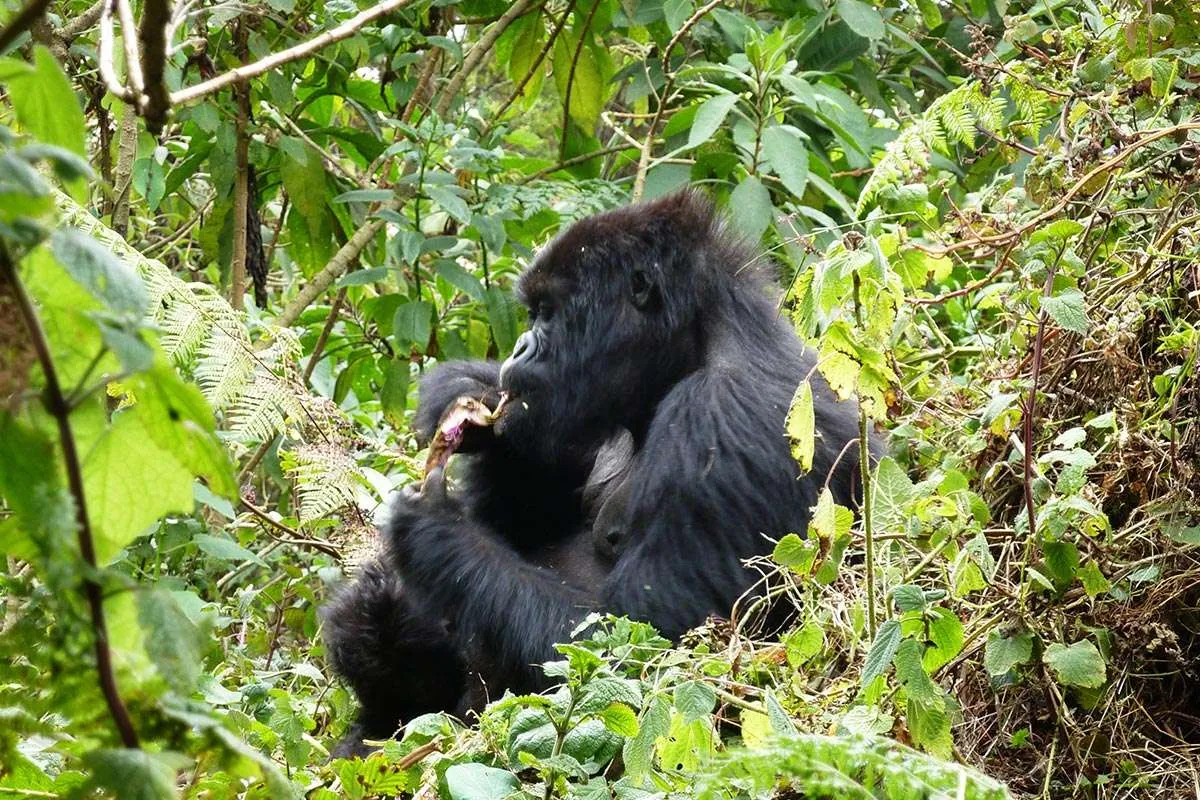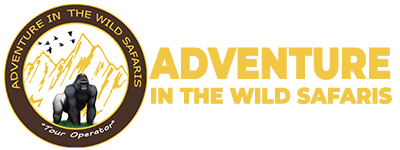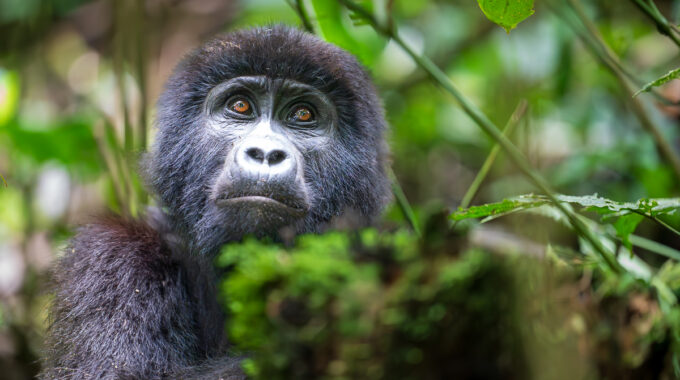Volcanoes national park, Bwindi gorilla park, and Mgahinga Gorilla National Park—Community Involvement in Park Conservation…
The Role of Volcanoes National Park in Conservation
The Role of Volcanoes National Park in Conservation

Gorilla conservation Rwanda: Nestled in the northwest corner of Rwanda, Volcanoes National Park is more than just a popular destination for gorilla trekking—it is a vital cornerstone in global wildlife conservation. Home to the endangered mountain gorilla, this park represents one of the most significant examples of successful conservation in Africa. But its importance goes far beyond gorillas. From biodiversity protection and scientific research to community empowerment and sustainable tourism, Volcanoes National Park plays a multifaceted role in ensuring the survival of not only species but ecosystems and cultural heritage.
This blog explores the role of Volcanoes National Park in conservation, highlighting its contribution to biodiversity, local communities, eco-tourism, and the global environmental movement.
History and Establishment of Volcanoes National Park
Volcanoes National Park, established in 1925, is Africa’s oldest national park. It was initially created to protect the mountain gorillas from poaching and habitat destruction. The park spans approximately 160 km² and encompasses a portion of the Virunga Mountain Range, which also extends into Uganda and the Democratic Republic of Congo.
Over the years, the park has been the focus of many high-profile conservation efforts, including the pioneering work of Dr. Dian Fossey, who studied and advocated for mountain gorillas here in the 1960s through the 1980s. Her legacy lives on through the Dian Fossey Gorilla Fund and the continued work of park authorities and conservation organizations.
Biodiversity Protection
While mountain gorillas are the park’s most iconic residents, Volcanoes National Park is a biodiversity hotspot that shelters a wide range of species. It is part of the Albertine Rift eco-region, one of the most biologically rich areas in Africa.
Key Species in Volcanoes National Park
- Mountain Gorillas: The most famous inhabitants and a key indicator species for the health of the forest.
- Golden Monkeys: An endangered species endemic to the Virunga Mountains.
- Forest Elephants: Though elusive, these elephants are a critical part of the ecosystem.
- Bird Species: Over 200 species, including many Albertine Rift endemics such as the Ruwenzori turaco and dusky crimsonwing.
- Small Mammals, Amphibians, and Reptiles: Many of these are endemic or threatened, playing essential roles in maintaining ecological balance.
The park’s rich flora and fauna are protected through strict conservation policies, regular monitoring, and anti-poaching patrols.
Conservation of the Mountain Gorilla
The most celebrated conservation success story linked to Volcanoes National Park is the rebound of the mountain gorilla population. Once on the brink of extinction, mountain gorilla numbers have steadily increased thanks to rigorous protection efforts, regulated tourism, and scientific research.
Conservation Strategies in Use
- Habituation and Monitoring: Select groups of gorillas have been habituated to human presence for tourism and research, allowing for non-invasive observation.
- Veterinary Interventions: Organizations like Gorilla Doctors provide medical care to injured or ill gorillas in the wild.
- Community Involvement: Local communities participate in conservation through jobs, education, and a share of tourism revenue.
Related Blog: Age Restrictions and Guidelines for Gorilla Trekking
Scientific Research and Education
The park is a living laboratory for conservation science. Research on primate behavior, forest ecology, and the impact of tourism has had global implications. The Karisoke Research Center, founded by Dian Fossey, continues to play a central role in advancing our understanding of mountain gorillas and their habitat.
Research data from Volcanoes National Park informs conservation strategies across the entire Virunga Massif and beyond.
Related Blog: Photography Tips for Capturing Gorillas in the Wild
Ecotourism and Sustainable Development
One of the most powerful tools for conservation used in Volcanoes National Park is eco-tourism. By offering gorilla trekking permits, the park generates significant revenue that supports both conservation and the economic development of local communities.
Impact of Ecotourism
- Revenue Sharing: A portion of the park’s tourism revenue is shared with communities for schools, healthcare, and infrastructure.
- Employment: Local people are employed as rangers, porters, guides, and staff at eco-lodges.
- Awareness Building: Visitors gain firsthand knowledge of conservation challenges and successes.
Related Blog: Hiring a Porter: Pros and Cons
More Web Resources: Visit Rwanda – Volcanoes National Park
Community Engagement and Empowerment
Without the support of local communities, conservation would not be possible. Programs around Volcanoes National Park aim to transform local people from forest users to forest stewards.
Notable Initiatives
- Gorilla Guardians Village: A cultural village where former poachers share their journey and help promote conservation awareness.
- Educational Outreach: Conservation education in schools builds a new generation of environmentally conscious citizens.
- Agricultural Support: Programs help farmers reduce reliance on forest resources.
Related Blog: Community Experiences Around Bwindi and Mgahinga
Threats and Challenges
- Population Pressure: The surrounding region has one of the highest human population densities in Africa.
- Habitat Fragmentation: Agricultural expansion threatens forest corridors.
- Climate Change: Altered rainfall patterns and temperature shifts affect biodiversity.
- Illegal Activities: Though diminished, poaching and illegal resource collection still occur.
More Web Resources: International Gorilla Conservation Programme
Regional and Global Collaboration
Conservation in Volcanoes National Park is not an isolated effort. The park is part of a transboundary conservation initiative involving Rwanda, Uganda, and the Democratic Republic of Congo. The Greater Virunga Transboundary Collaboration (GVTC) works to manage the entire Virunga landscape sustainably.
International partners, including NGOs, research institutions, and governments, contribute funding, expertise, and advocacy.
Related Blog: Gorilla Trekking in Volcanoes National Park vs Bwindi
Role of Gorilla Rwanda Safaris
Tour operators like Gorilla Rwanda Safaris play a vital role in supporting conservation in Volcanoes National Park. By organizing ethical treks, educating tourists, and collaborating with park authorities, they ensure tourism remains a force for good.
Travelers booking with Gorilla Rwanda Safaris contribute directly to the preservation of one of the world’s most unique ecosystems.
Related Blog: Packing Guide for Gorilla Trekking in Uganda and Rwanda
Final Thoughts
Volcanoes National Park stands as a shining example of how conservation, community development, and tourism can coexist and reinforce one another. Through its dedication to protecting the mountain gorilla, preserving biodiversity, engaging communities, and fostering research, the park has become a global leader in conservation.
As the challenges of the 21st century intensify, from climate change to human encroachment, the role of places like Volcanoes National Park becomes even more crucial. Supporting such protected areas—through responsible travel, awareness, and advocacy—is no longer optional. It is essential.
Related Blogs
- Gorilla Trekking in Volcanoes National Park vs Bwindi
- Safety Measures and Health Precautions During Treks
- Hiring a Porter: Pros and Cons
- Flora and Fauna Beyond Gorillas
- Gorilla Families in the Park: What to Know
More Web Resources
- Dian Fossey Gorilla Fund
- Visit Rwanda – Volcanoes National Park
- International Gorilla Conservation Programme
- Greater Virunga Transboundary Collaboration
The Blog: Gorilla conservation Rwanda



